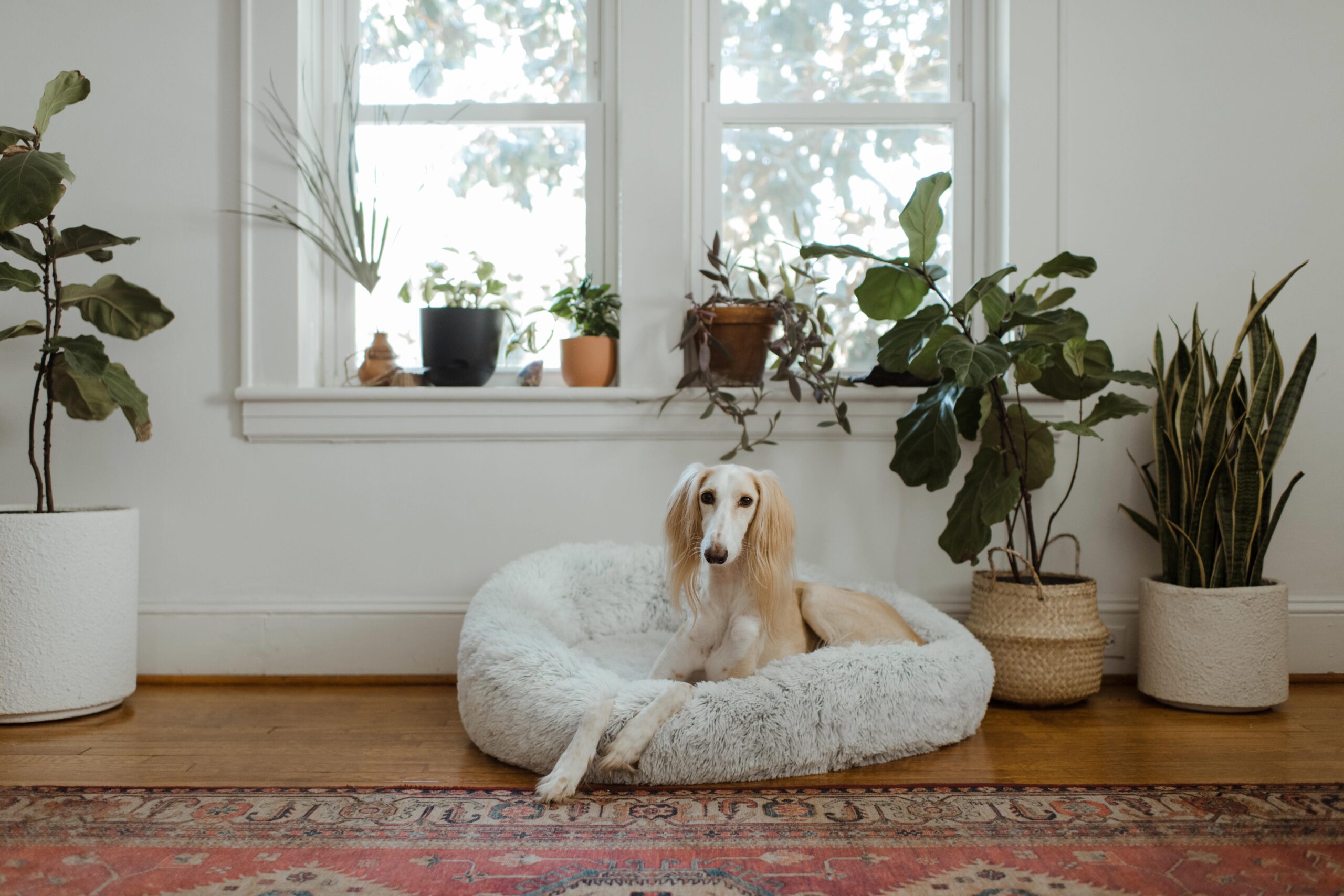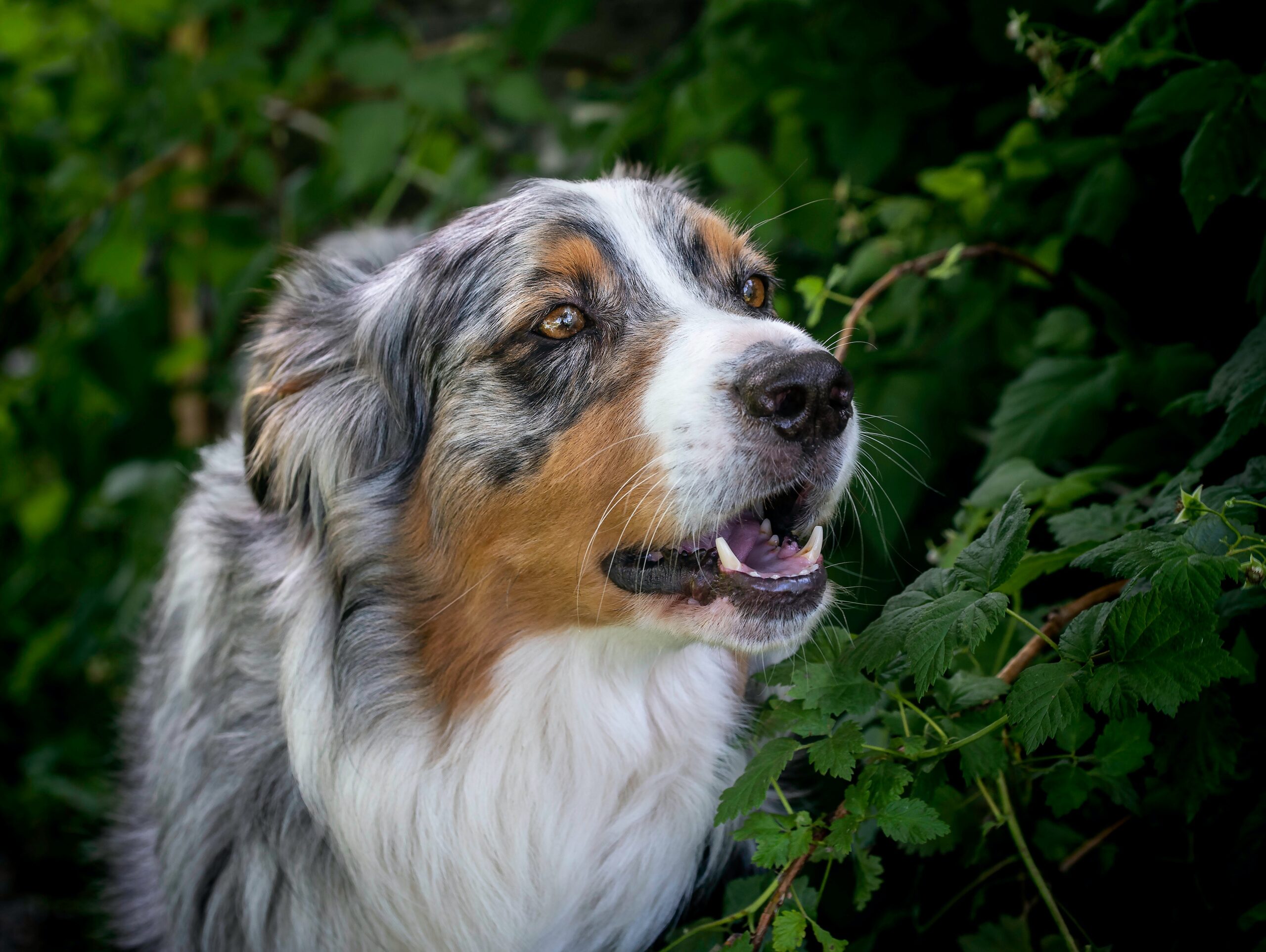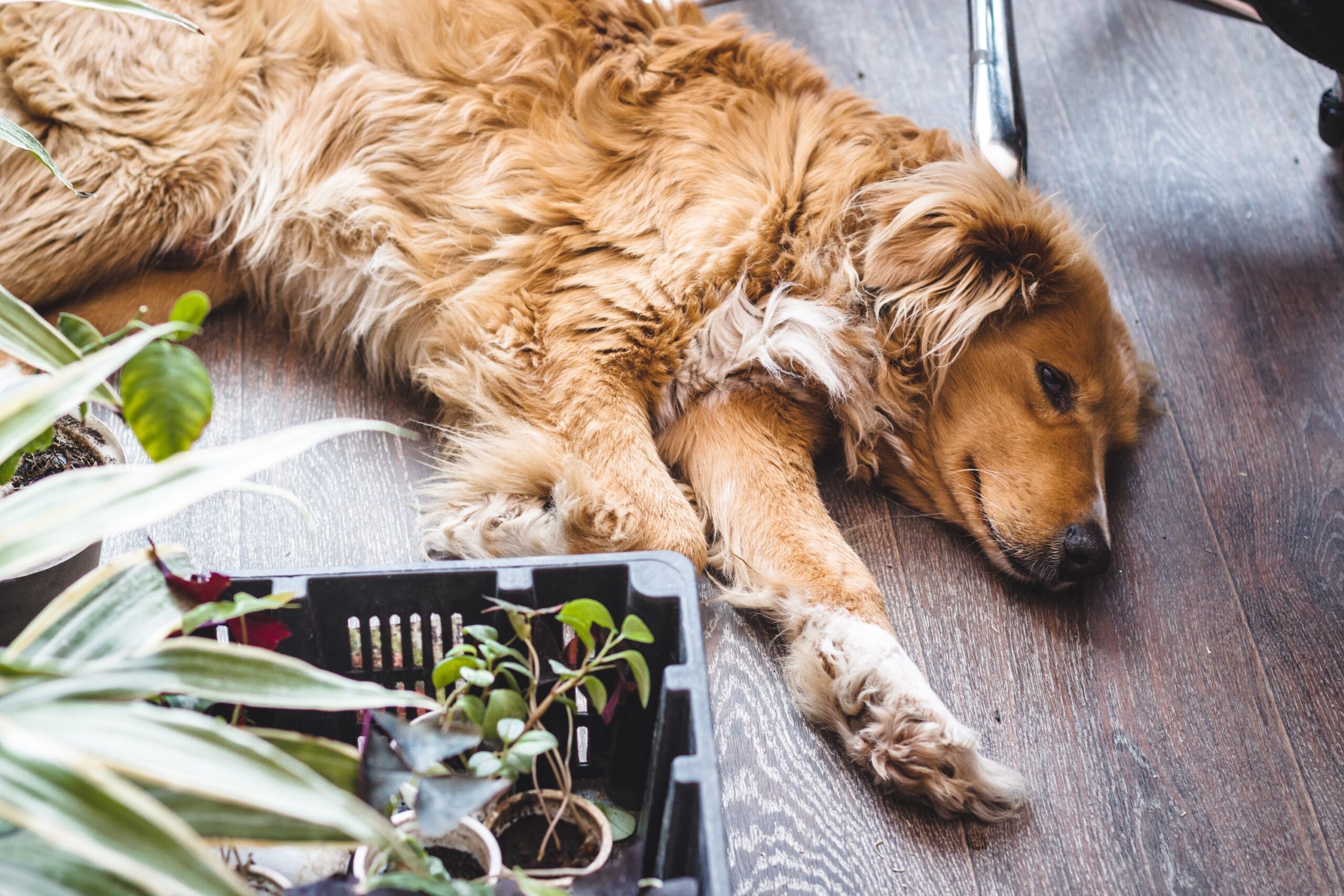Designing a Pet-Friendly Garden with Non-Toxic Plants
Creating a Pet-Safe Garden: Non-Toxic Plants for Dogs – Learn how to design a beautiful and safe garden for your pets by selecting non-toxic plants, implementing safety measures, and addressing specific concerns for sensitive pets.
Importance of Non-Toxic Plants in a Pet-Safe Garden
When designing a pet-safe garden, it is paramount to carefully choose non-toxic plants to prevent accidental poisoning of pets. By incorporating non-toxic ornamental plants like magnolia, sunflower, coral bells, snapdragons, and petunias, pet owners can create a visually appealing and safe environment for their furry companions. These plants not only enhance the aesthetic appeal of the garden but also provide a secure space for pets to roam without the risk of coming into contact with toxic foliage.
Furthermore, the inclusion of safe edible plants such as basil, lavender, thyme, sage, cilantro, rosemary, marigolds, catmint, and various leafy greens can significantly contribute to the well-being of pets in the garden. For instance, aromatic herbs like lavender and rosemary not only add fragrance to the garden but also serve as safe and non-toxic options for pets to interact with. This thoughtful selection of non-toxic plants ensures that pets can explore and enjoy the garden without the worry of potential harm, fostering a harmonious and secure outdoor space for both pets and their owners.
Creating a Safe Environment for Pets
When creating a pet-friendly garden, using natural wood chips for mulch instead of toxic cocoa mulch is crucial for ensuring the safety of your pets. Cocoa mulch contains theobromine, a chemical toxic to dogs, and can cause symptoms like vomiting, diarrhea, and even seizures if ingested. By opting for non-toxic mulch alternatives, such as natural wood chips, you can significantly reduce the risk of accidental poisoning and create a safe outdoor environment for your furry companions.
In addition to mulch considerations, the proper use and storage of fertilizers and insecticides play a vital role in safeguarding pets from accidental exposure to harmful chemicals. It’s essential to choose pet-safe products and follow the application instructions carefully to minimize any potential risks. By being mindful of the types of fertilizers and insecticides used in the garden, pet owners can effectively maintain a pet-safe environment while nurturing their plants and green spaces.
Moreover, implementing measures to reduce the presence of ticks, mosquitoes, and fleas in the garden is paramount for ensuring a comfortable and safe outdoor space for pets. This can be achieved through various methods, such as strategically positioned plants known to repel these pests, installing pet-safe barriers, and using pet-friendly insect repellents. By taking proactive steps to minimize these common garden nuisances, pet owners can enhance the well-being of their pets and create a more enjoyable outdoor experience for both pets and their human companions.
Designing the Pet-Friendly Garden
When it comes to designing a pet-friendly garden, there are several key considerations to keep in mind. One important aspect is creating densely planted areas, which serve a dual purpose. These areas not only protect delicate plants from being trampled or disturbed by pets but also provide ample space for pets to play and exercise. For example, planting dense shrubs and bushes in specific areas of the garden can act as a natural barrier, keeping curious pets away from sensitive plants and flowers.
In addition to this, using pathways strategically throughout the garden is essential. Pathways help guide pets and prevent them from accessing certain areas that may pose potential hazards, such as areas with toxic plants or sharp garden tools. For instance, using gravel or stone pathways can delineate spaces that are off-limits to pets, ensuring their safety while maintaining the integrity of the garden.
Furthermore, dedicating a specific area for pets to eliminate waste and preventing lawn damage is crucial. This area can be designed with materials and landscaping that make it easy to clean and maintain, ensuring a hygienic and safe environment for both pets and the garden itself. For example, using mulch or gravel in a designated pet area can help with drainage and make clean-up more manageable, minimizing the impact on the rest of the garden. This thoughtful design approach contributes to maintaining a clean and harmonious pet-friendly garden space.
Specific Concerns about Sensitive Pets and Plant Safety
When creating a pet-safe garden, it’s important to recognize that some pets, especially those with a sensitive disposition, may have a tendency to consume plant materials. For example, certain breeds of dogs or individual pets may exhibit a curiosity towards nibbling on leaves, flowers, or grass. This behavior can pose a risk if the garden contains toxic plants, highlighting the need for additional precautions to ensure the safety of these pets.
To address this concern, pet owners can take specific measures to prevent their pets from consuming harmful plants in the garden. This can involve carefully researching and selecting non-toxic plants to populate the garden, creating a safe environment for pets to explore without the risk of accidental poisoning. Additionally, providing alternative forms of stimulation and enrichment for pets, such as toys or designated digging areas, can redirect their attention away from potentially harmful plant materials.
Moreover, it’s crucial to maintain a watchful eye on pets during walks or visits to gardens to ensure they don’t consume anything harmful. This level of attentiveness can help prevent any accidental ingestion of toxic plants, reinforcing the importance of proactive measures in creating a safe and pet-friendly garden environment. By being mindful of the specific concerns related to sensitive pets and plant safety, pet owners can establish a secure and nurturing space for their beloved companions.
Conclusion: Encouraging a Safe and Beautiful Garden for Pets
In conclusion, the careful selection of non-toxic plants is a fundamental aspect of creating a pet-safe garden. These plants not only enhance the aesthetic appeal of the garden but also play a vital role in safeguarding the well-being of pets. For instance, incorporating pet-safe ornamental plants such as magnolia, sunflowers, and petunias not only adds visual interest to the garden but also ensures that pets can roam freely without the risk of exposure to toxic elements.
Furthermore, the integration of safety measures, such as using natural wood chips for mulch instead of toxic cocoa mulch, is essential in creating a safe environment for pets. This thoughtful approach to gardening not only prevents accidental poisoning but also fosters a space where pets can thrive without unnecessary risk. For example, establishing boundaries for pets using fences or borders ensures that they are kept away from potentially harmful areas, allowing them to roam and play freely without the fear of encountering hazardous substances.
Ultimately, by prioritizing the safety and well-being of pets in the garden, gardeners can cultivate a harmonious and beautiful space that offers a safe haven for both pets and humans. This intentional approach to pet-friendly gardening allows for a seamless integration of natural elements and the presence of beloved pets, creating an environment where both can coexist in a mutually beneficial manner.




 Book Appointment
Book Appointment